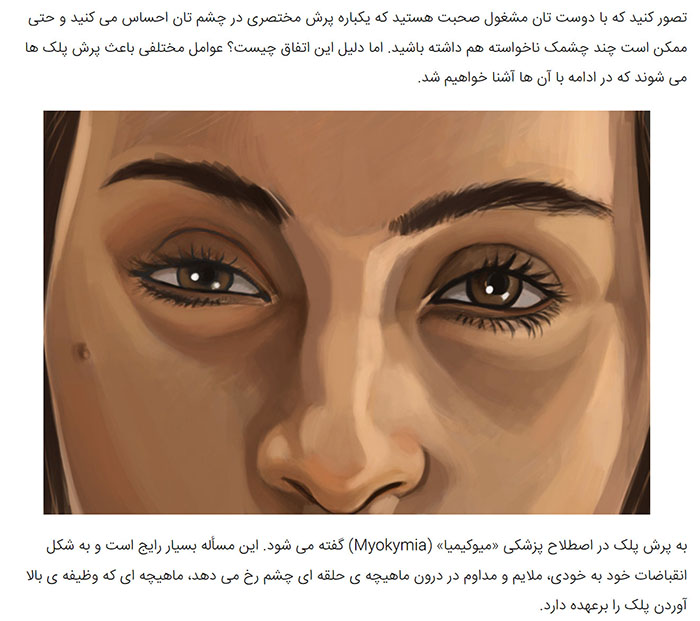The 6 Trembling Eyelids: A Comprehensive Guide to What Makes Them Tick
Introduction
Eyelid twitches, which are scientifically referred to as palpebral myokymia, are a common phenomenon that can cause discomfort and worry. These involuntary contractions of the orbicularis or Müller muscle may appear as small flicks of the eyelids. They are usually harmless, but it is important to understand what causes them in order to manage and relieve them effectively.
1. Understanding Palpebral Myokymia
Having a twitchy eyelid is no fun. But it’s usually harmless and not a sign of an underlying medical problem.
Eyelid twitches may be caused by irritation or injury to the cornea or conjunctiva, which could be due to dry eyes from being tired or in front of a computer screen all day. A mild spasm in this part of the eyelid could cause the whole muscle to contract, according to the American Academy of Ophthalmology (AAO). Stress and a lack of sleep may make these spasms more likely.
Other triggers for eyelid twitches include tobacco, alcohol, and caffeine, so try cutting back on those substances if you’re getting a lot of eye fluttering. If you’re having trouble sleeping—eeither because you’re too stressed out or because you just can’t get comfortable—ssee your doctor for help.
Twitches involving the muscles surrounding the eye are also common with stress and lack of sleep, but they can drag on longer. These ones are called myokymia, and they tend to affect one side first, then spread over days or weeks to involve both sides.
Again, though they might be annoying (and drive your loved ones nuts when they watch you blink), these twitches aren’t anything to worry about. According to Harvard Medical School (HMS), most people will experience an episode at some point in their lives. In fact, HMS reports that some 70% of middle-aged people will feel muscle spasms somewhere on their bodies.
Still, there are some cases where an eye twitch could be something more serious: It may signal nerve damage from multiple sclerosis; it could suggest signs of Parkinson’s disease; or it might be related to hemifacial spasm, a condition that causes muscles on one side of your face to convulse uncontrollably.
But unless you have other symptoms suggestive of these conditions, your doctor probably won’t order any testing beyond a basic physical exam. You should contact a healthcare professional if you also see drooping or weakness elsewhere on the same side of your face as the twitching eye, or if it’s happening after an injury to that area.
March 22, 2024 | 7:47 pm




